Looking For
Skilled Stadium Construction Experts?
- Roof and Wall Insulation
- Mechanical, Electrical, and Plumbing (MEP) Systems
- Foundation Work
- Structural Steel Work
- Seating Installation
- Security and Surveillance Systems
Building a football stadium is a monumental undertaking that involves significant planning, resources, and investment. The cost of constructing a football stadium can vary widely depending on numerous factors such as location, size, design, materials, and additional features. In this blog, we will explore the various elements that contribute to the overall cost of building a football stadium, providing a detailed breakdown and cost estimates to help you understand the financial commitment required for such a project.
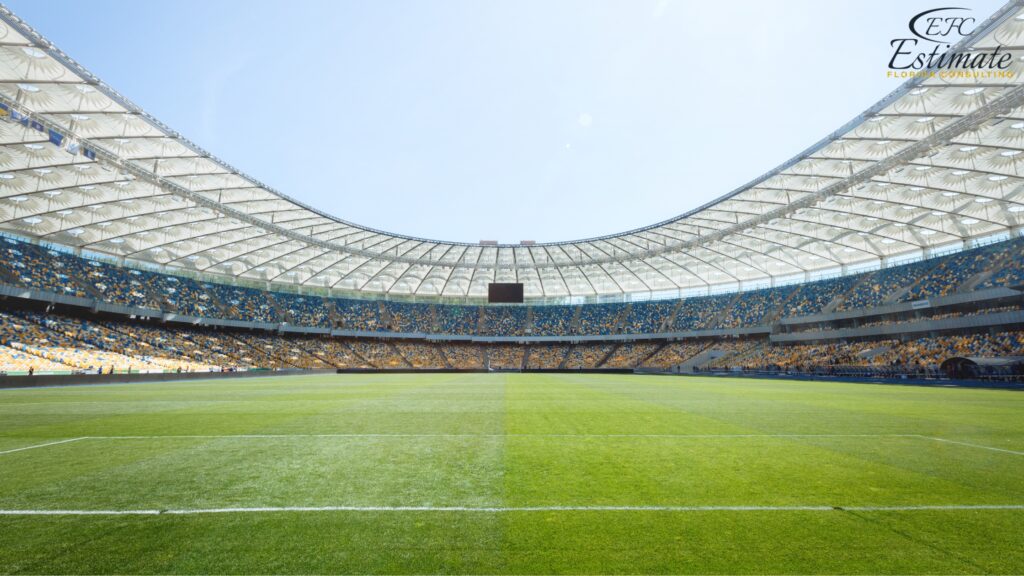
The cost of building a football stadium can range from hundreds of millions to billions of dollars. On average, here’s a general cost breakdown:
Stadium Type | Cost Range (in millions) |
Small Stadium (10,000-20,000 seats) | $30 – $150 |
Mid-Sized Stadium (20,000-40,000 seats) | $150 – $500 |
Large Stadium (40,000-60,000 seats) | $500 – $1,000 |
Mega Stadium (60,000+ seats) | $1,000+ – $2,500+ |
A small stadium with a seating capacity of 10,000 to 20,000 seats is typically used for lower-division teams or college sports. These stadiums are more affordable but still require a substantial investment. Costs include basic seating ($5 million), lighting ($2 million), a scoreboard ($3 million), and minimal amenities ($10 million). Despite their smaller size, these stadiums must still meet regulatory standards and provide a safe and comfortable environment for spectators. Additionally, small stadiums often serve as community hubs, hosting local events, concerts, and other gatherings, further justifying the investment.
A mid-sized stadium with a seating capacity of 20,000 to 40,000 seats is commonly used for major college sports or smaller professional teams. These stadiums feature enhanced amenities such as luxury boxes ($20 million), advanced lighting systems ($10 million), larger scoreboards ($5 million), and more extensive concessions ($15 million). The increased capacity and added features contribute to the higher cost, but these investments can provide a better fan experience and generate more revenue through ticket sales and events. Mid-sized stadiums are often designed with flexibility in mind, allowing them to host a variety of events beyond football, such as concerts, conventions, and community events, which can increase their utility and profitability.
A large stadium with a seating capacity of 40,000 to 60,000 seats is typical for major professional sports teams. These stadiums are equipped with state-of-the-art facilities, extensive seating ($50 million), high-quality lighting ($20 million), advanced sound systems ($10 million), and ample concessions ($30 million). The cost also includes the construction of VIP suites ($100 million), extensive parking facilities ($50 million), and often retractable roofs or other advanced architectural features ($100 million). The significant investment is justified by the large crowds these stadiums attract and the revenue generated from hosting major sporting events and concerts. Large stadiums also serve as iconic landmarks, contributing to the city’s identity and attracting tourism, which can have a positive economic impact on the surrounding area.
A mega stadium with a seating capacity exceeding 60,000 seats is designed for major professional sports teams and international events. These stadiums are architectural marvels, featuring the latest technology, extensive VIP amenities ($200 million), multiple restaurants ($50 million), and even integrated shopping and entertainment complexes ($100 million). The construction of such a stadium involves a massive financial commitment, but the potential for high revenue generation from large-scale events, naming rights, and sponsorships can offset the initial costs. These stadiums often become iconic landmarks and can significantly boost the local economy.
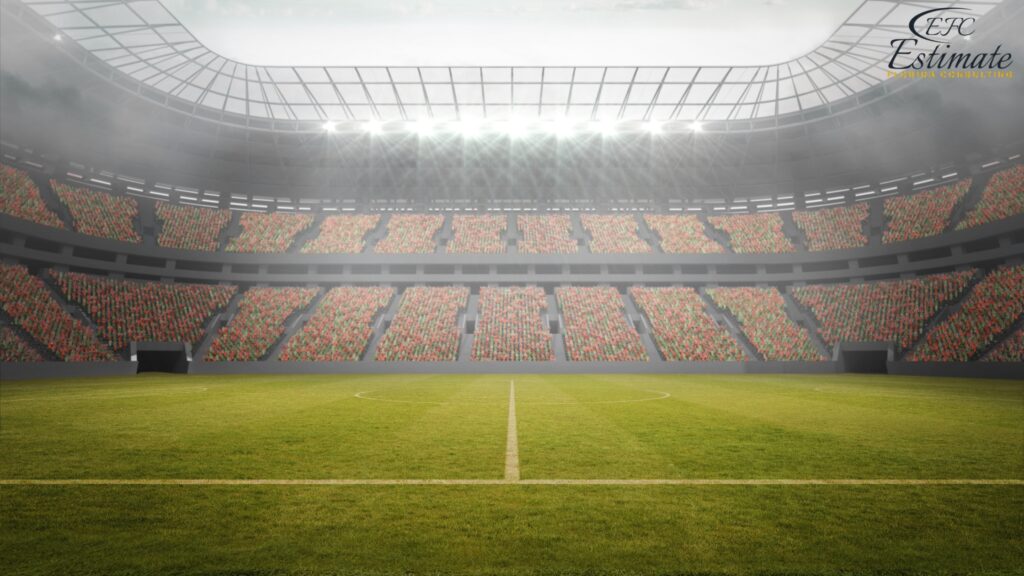
Additionally, mega stadiums can host a wide range of events, including international sports tournaments, large-scale concerts, and cultural festivals, making them versatile venues that can draw diverse audiences and generate substantial economic benefits.
Several factors can influence the cost of building a football stadium, including:
The location of the stadium plays a significant role in determining the cost. Urban areas with higher land prices and stricter building regulations will generally be more expensive than rural locations. For example, land acquisition in a city can cost between $20 million and $100 million, whereas in rural areas, it might range from $5 million to $25 million. Additionally, the cost of labor and materials can vary depending on the region, with urban labor costs potentially being 20-30% higher. Location also affects accessibility and potential attendance, impacting revenue generation and overall project feasibility.
The size and seating capacity of the stadium directly impact the cost. Larger stadiums require more materials, labor, and time to construct. For instance, the cost per seat can range from $1,000 to $5,000, meaning a 40,000-seat stadium could cost $40 million to $200 million just for seating. Additionally, larger stadiums need more amenities, such as restrooms, concession stands, and parking facilities, which can add another $50 million to $200 million to the total cost. The capacity of the stadium should align with expected attendance and demand to ensure efficient use of space and resources.
The design and architectural complexity of the stadium can significantly affect the cost. Innovative designs, retractable roofs (costing $100 million to $200 million), and unique architectural features can add to the overall expense. High-end finishes, advanced lighting and sound systems (totaling $50 million to $100 million), and custom seating also contribute to higher costs. While a more elaborate design can attract attention and enhance the fan experience, it is essential to balance aesthetics with budget constraints. Thoughtful design can also improve operational efficiency, energy consumption, and spectator comfort, providing long-term benefits.
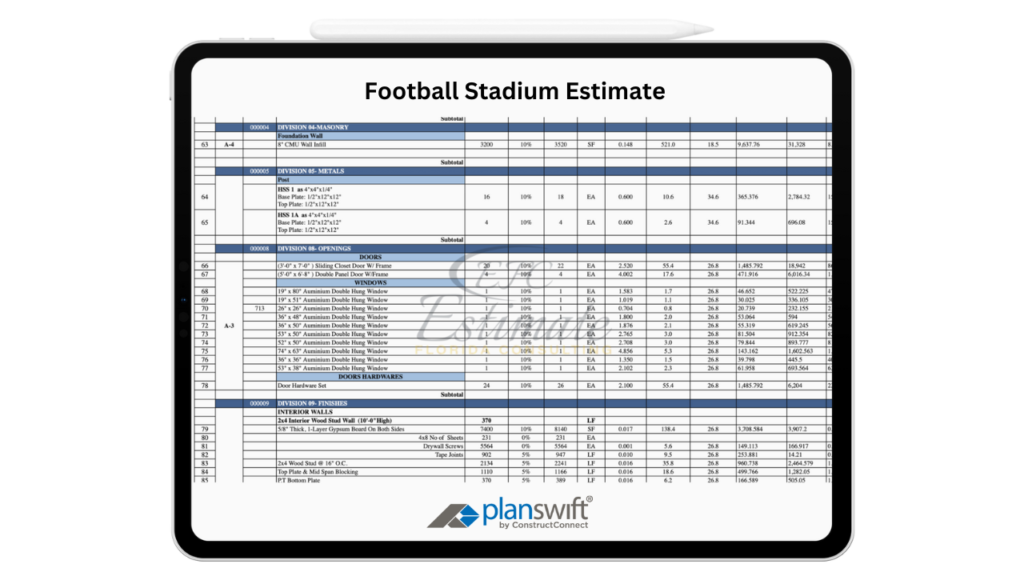
The choice of materials and construction methods can greatly influence the cost. High-quality materials and advanced construction techniques will increase the overall expense but can result in a more durable and sustainable structure. For example, using eco-friendly materials and incorporating green building practices can add 10-20% to the upfront cost but may lead to long-term savings through energy efficiency and reduced maintenance. Additionally, selecting materials that require less frequent replacement and maintenance can reduce long-term operational costs, enhancing the overall value of the investment.
The foundation is a critical component of stadium construction, ensuring stability and longevity. Costs can vary depending on soil conditions and the complexity of the design, typically ranging from $20 million to $50 million. A robust foundation is essential to support the weight of the structure and withstand environmental factors like earthquakes and subsidence. Proper site assessment and foundation design can prevent structural issues and ensure the long-term safety and stability of the stadium.
Structural steel is used to construct the framework of the stadium, providing the necessary support for the roof and seating areas. The cost of steel has been volatile, influenced by global supply and demand, with expenses often between $50 million and $100 million. Using high-strength steel can increase initial costs but offers long-term durability and safety. Steel structures also allow for more flexible and innovative designs, accommodating various architectural and functional requirements.
Stadium roofs can range from basic open designs costing $20 million to advanced retractable roofs costing up to $200 million. The cost of roofing varies significantly based on the design and materials used. Retractable roofs, while more expensive, offer the flexibility to host events in various weather conditions and can enhance the stadium’s appeal and functionality. Advanced roofing solutions can also improve energy efficiency and spectator comfort, providing additional value.
Flooring includes both the playing surface and the areas used by spectators. High-quality artificial turf can cost $1 million to $2 million, while natural grass fields require significant investment in installation and maintenance, typically ranging from $2 million to $5 million. Additionally, durable and aesthetically pleasing flooring materials are needed for concourses, locker rooms, and other facilities, adding another $10 million to $20 million to ensure safety and comfort. Choosing the right flooring materials can enhance performance, safety, and maintenance efficiency.
Concrete is used extensively in stadium construction for foundations, seating areas, and walkways. The cost of concrete can vary based on the quality and the amount needed, generally ranging from $30 million to $70 million. High-performance concrete can offer greater strength and longevity but at a higher cost. Properly installed concrete work ensures the structural integrity and longevity of the stadium. Concrete also provides flexibility in design and can be used to create various structural and decorative elements.
Electrical systems in a stadium are complex, covering lighting, sound, scoreboards, and other electronic amenities. Advanced lighting systems, including LED lights, can cost between $20 million and $50 million, providing energy efficiency but can be costly to install. Ensuring robust and reliable electrical infrastructure is critical for the safety and functionality of the stadium, supporting various events and activities. Well-designed electrical systems can also reduce operational costs and enhance the spectator experience with advanced lighting and audiovisual effects.
Plumbing and HVAC systems are essential for maintaining comfort and sanitation. The cost includes installing restrooms, concession stands, and climate control systems, typically ranging from $30 million to $60 million. High-efficiency systems can reduce operational costs over time but require a higher initial investment. Properly designed plumbing and HVAC systems enhance the spectator experience and ensure compliance with health and safety regulations. Efficient systems also contribute to environmental sustainability by reducing energy and water consumption.
In addition to the basic construction costs, several other expenses can influence the total cost of building a football stadium:
The cost of acquiring the land for the stadium can be substantial, especially in urban areas. This expense includes the purchase price, legal fees, and any necessary site preparation, such as clearing existing structures. Securing an optimal location that offers accessibility and visibility while remaining within budget is a crucial step in the planning process. For example, land acquisition can range from $20 million to $100 million depending on the location. Choosing a strategic location can also enhance attendance and revenue generation by making the stadium more accessible and attractive to fans.
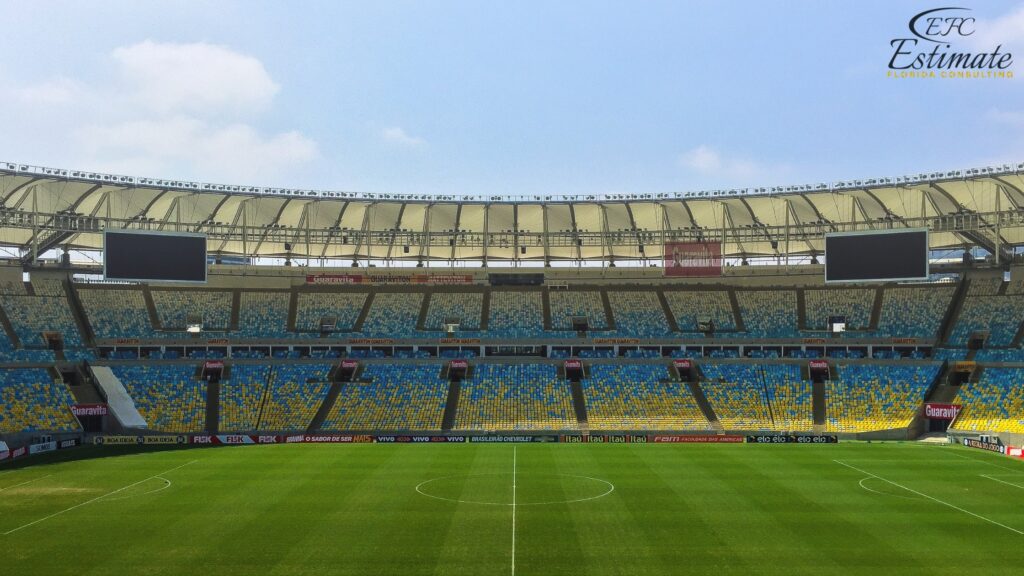
The cost of providing infrastructure and utilities, such as roads, parking, water, electricity, and sewage, can add significantly to the overall expense, typically ranging from $30 million to $60 million. Ensuring adequate infrastructure to support large crowds is essential for the safety and convenience of spectators. Additionally, incorporating sustainable infrastructure solutions can reduce long-term operational costs and environmental impact. Well-planned infrastructure can also improve traffic flow, reduce congestion, and enhance the overall experience for attendees.
Meeting local, state, and federal regulations, including safety standards, environmental regulations, and accessibility requirements, can add to the cost. These regulations are necessary to ensure the safety and comfort of spectators and players, as well as to protect the environment. Investing in compliance measures can prevent legal issues and enhance the stadium’s reputation, typically costing between $20 million and $40 million. Staying compliant with regulations also ensures the stadium can host a wide range of events, including those requiring specific safety and accessibility standards.
Interest on loans and other financing costs can add significantly to the overall expense, often between $30 million and $60 million. Securing favorable financing terms and managing debt effectively is crucial for the financial sustainability of the project. Exploring various financing options, such as public-private partnerships, can provide additional funding sources and reduce the financial burden on the primary stakeholders. Effective financial management can also improve cash flow, allowing for timely project completion and reducing the risk of cost overruns.
The ongoing cost of maintaining and operating the stadium must also be considered. This includes staffing, utilities, maintenance, and repairs, typically ranging from $10 million to $20 million annually. Investing in quality construction and sustainable materials can reduce long-term maintenance costs, but it is essential to budget for ongoing operational expenses to ensure the stadium remains in optimal condition. Regular maintenance and upgrades are necessary to preserve the stadium’s functionality, safety, and appeal, ensuring it remains a valuable asset for many years.
Let’s consider an example of a mid-sized stadium with a seating capacity of 30,000 seats:
Component | Estimated Cost (in millions) |
Base Construction Cost | $420 |
Foundation | $70 |
Structural Steel | $84 |
Roofing | $56 |
Flooring | $28 |
Concrete Work | $42 |
Electrical Systems | $56 |
Plumbing and HVAC | $84 |
Land Acquisition | $70 |
Infrastructure and Utilities | $70 |
Regulatory Compliance | $28 |
Amenities and Facilities | $84 |
Financing Costs | $42 |
Total Cost | $674 |
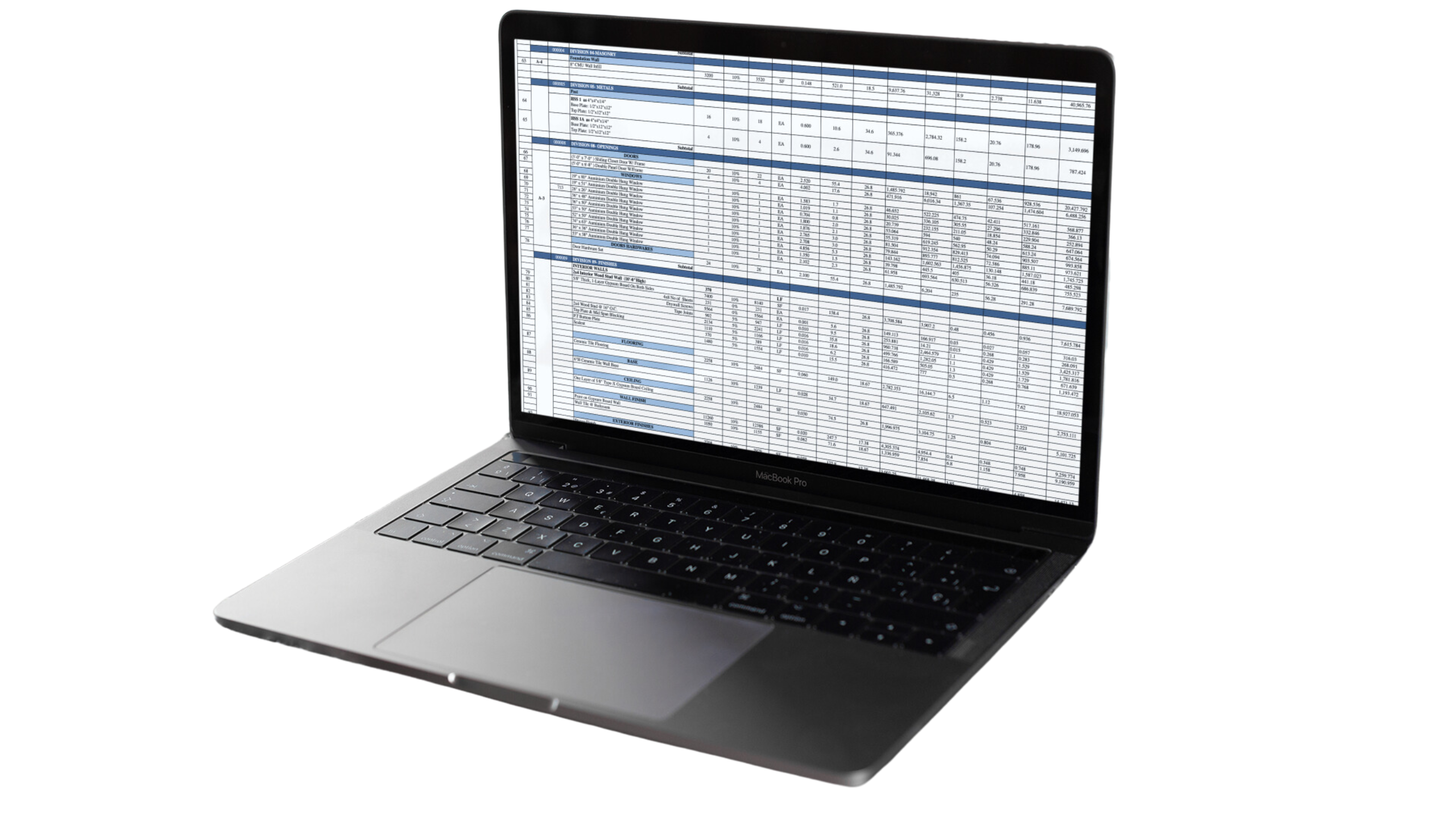
Building a football stadium is a significant financial undertaking that requires careful planning and consideration of various factors. The cost can vary widely depending on the size, location, design, and amenities of the stadium. By understanding these factors and budgeting for additional expenses such as land acquisition, infrastructure, regulatory compliance, financing, and maintenance, stakeholders can make informed decisions and ensure the successful completion of the project. Whether building a small community stadium or a large professional venue, the investment can provide substantial benefits, including increased revenue, enhanced community engagement, and the creation of a lasting legacy.
The average cost of building a football stadium can vary widely, ranging from $30 million for a small stadium to over $2.5 billion for a mega stadium. The cost depends on factors such as the size, location, design, materials, and additional features of the stadium.
Several factors can influence the cost, including:
Land acquisition costs can vary significantly based on location. In urban areas, it can range from $20 million to $100 million, while in rural areas, it might be between $5 million and $25 million.
For a mid-sized stadium with a seating capacity of 30,000 seats, the estimated costs are:
At Estimate Florida Consulting, we offer detailed cost estimates across all major trades, ensuring no part of your project is overlooked. From the foundation to the finishing touches, our trade-specific estimates provide you with a complete and accurate breakdown of costs for any type of construction project.

We take pride in delivering accurate, timely, and reliable estimates that help contractors and builders win more projects. Our clients consistently praise our attention to detail, fast turnaround times, and the positive impact our estimates have on their businesses.
Estimate Florida Consulting has helped us win more bids with their fast and accurate estimates. We trust them for every project!

Submit your project plans, blueprints, or relevant documents through our online form or via email.
We’ll review your project details and send you a quote based on your scope and requirements.
Confirm the details and finalize any adjustments to ensure the estimate meets your project needs.
Receive your detailed, trade-specific estimate within 1-2 business days, ready for your project execution.

561-530-2845
info@estimatorflorida.com
Address
5245 Wiles Rd Apt 3-102 St. Pete Beach, FL 33073 United States
561-530-2845
info@estimatorflorida.com
Address
5245 Wiles Rd Apt 3-102 St. Pete Beach, FL 33073 United States
All copyright © Reserved | Designed By V Marketing Media | Disclaimer